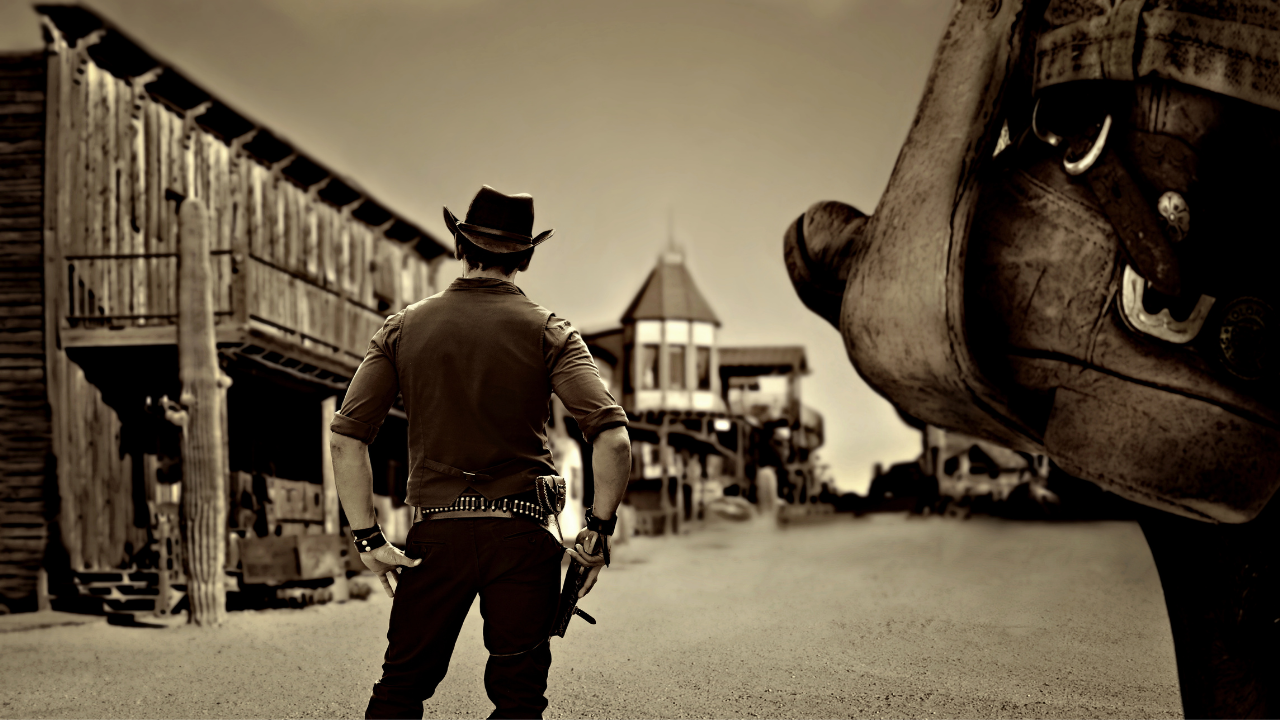path of the storyteller / blog
The obstacle is the storytelling
In the mood for a little Stoic wisdom? Check out this quote from Marcus Aurelius, who was a Roman Emperor, a philosopher, and in this case, a source of some spot-on advice about storytelling:
“The impediment to action advances action. What stands in the way becomes the way.”
Isn’t that great? Of course, Marcus Aurelius was talking about real life, which he rightly observed was full of obstacles.
We often think of obstacles as misfortunes, setbacks, or strokes of bad luck. Not our normal condition, but a rough patch we have to get through so we can resume the smooth sailing that we think of as our due.
Marcus Aurelius asserts that's not so. The obstacle is the way. There is no other.
Which brings us to the topic of story structure. Yes, there are three acts, and stages of the hero’s journey, and character archetypes, and arcs of transformation—all of these are incredibly useful and practical ideas that give us a nuanced understanding about what goes on in well-told stories. They...
your hero’s finest hour
Today we’re going to look at some writing advice from—wait for it—Winston Churchill.
He didn’t intend it as writing advice, by the way. Churchill was a terrific writer, but the quote I want to discuss teaches us more about storytelling than prose style:
“To each there comes in their lifetime a special moment when they are figuratively tapped on the shoulder and offered the chance to do a very special thing, unique to them and fitted to their talents. What a tragedy if that moment finds them unprepared or unqualified for that which could have been their finest hour.”
—Winston Churchill
Churchill is talking about real life, but what is storytelling but a way to understand life better? That “special thing” he mentions is what I call the hero’s mission. It’s the stated purpose for all the hero’s efforts in the second act.
As Churchill notes, these missions are not distributed at random. Even in life, he asserts, the singular chance humans are offered is “unique to them and fitte...
middles, not muddles
The middle of your book is the longest part—and for many writers, the toughest to muddle through.
It’s not hard to see why. How do you think of ALL THE THINGS that your hero must do and endure during that long second act? Do you wing it as you go? Map it all out in advance? Figure out the ending and try to work backward?
Let’s talk about the process of creating a dynamic second act that won’t leave you (or your reader) feeling lost.
My weekly livestream happens on Wednesdays at 1 PM Pacific. Come live and participate! Or catch the replays here on the blog.
To watch live and ask questions, you can join the Path of the Storyteller Facebook group right here.
And subscribe to the YouTube channel here.
good writers make bad things happen
Look, I’m a nice person. I know you’re a nice person too.
Yet when we put on our storyteller’s hats, being nice is a big mistake.
Think of it: Our protagonist is on a journey of meaningful change. What’s more likely to spur a life-altering transformation?
- An evening on the sofa under cozy blankets, complete with hot cocoa and Netflix?
- Or an urgent, high-stakes journey way outside the comfort zone, overcoming one tough obstacle after the next?
We owe it to our heroes to put them through the wringer. But it’s not always easy to do! In today’s livestream I talk about:
- why writers struggle to give up being nice
- the trouble with “conflict” as the basis for scenes
- how to keep crafting obstacles without being repetitive
Some great audience questions get addressed, too! Thanks to all who participated during the livestream, it made for a great discussion.
My weekly livestream is on Wednesdays at 1 PM Pacific. Come live and ask questions! Or catch the replays here on the bl...
your story, unwrapped
Keeping a present under wraps builds anticipation, for sure! But this kind of secrecy doesn’t work the same way in fiction.
In this week’s livestream, I talk about the common but mistaken impulse to withhold information from the reader as a way of building suspense, why it backfires, and what to do instead.
Did you ever wonder what Charlie Brown’s quest for a Christmas tree has to do with dramatic structure? Now’s is your chance to find out! Click the image above to watch the video. Questions? Please leave them in the comments.
My weekly livestream is on Wednesdays at 1 PM Pacific. Come live and ask questions! Or catch the replays here on the blog.
To watch live, you can join the Facebook group right here.
And subscribe to the YouTube channel here.
shootout at the corral

You know I love a good pithy saying. Here’s one I made up, just for you: Good books get read; great books get reread.
Think of the books on your shelves. Most of them you’ll read once, but the ones you absolutely love you will surely read again and again.
A great book is a friend for life. The better you know it, the more you love to reread it — and you can take that as proof that great storytelling does not depend on keeping secrets from the reader.
A common authorial misstep is to conceal the hero’s true mission from the reader.
Why do this? These authors mistakenly assume that secrecy equals suspense. They hope that the reader will keep reading in order to find out what’s really going on.
It’s a false hope, alas. The reader keeps reading to find out not what the climactic scene of the plot is, but how that scene turns out.
Will the Wizard help Dorothy get home to Kansas? Will Katniss survive the Hunger Games? Will Bilbo prevail when he finally comes face to face with the dr...
facing the shadow

Yesterday’s talk of tricksters got me thinking about the archetypal energies that infuse every story. I call them energies because I consider storytelling a form of energy.
If that sounds a bit vague or metaphysical to you, consider this: A story is not its physical form. It is not the book between hardcovers; it is not the film on celluloid or digital data; it is not the little clickable box on your Netflix home page that takes you (at last!) to the new season of The Crown. Now you know what I’m doing this weekend!
Story is a non-physical phenomenon that connects both author-to-reader and reader-to-reader. It’s the deep engagement with fictional characters in a made-up world; the feeling of having taken a journey with those characters and being altered by the trip, just as we are affected by the events of our real lives.
Oral traditions may manifest in written versions that later get made into movies and graphic novels, but which one of them is the story? None of them, really. The...
now what?

Rollercoasters: Yes or no?
I have friends who love ’em, and friends who, like me, cannot be dragged near one. I was once tricked into going on Space Mountain by two people who should have known better. I still speak to them—well, one of them!
I’m more of a merry-go-round type of person, as long as they don’t spin too fast. The car-sickness struggle is real, but there’s consolation in the words of Gustave Flaubert, who once wrote to a friend that a settled, ordinary life is what makes it possible to be fierce and adventurous in one’s work.
Clearly, real life and fiction are two different things. Yet good art has a way of piercing through the fog of everyday perception and revealing profound emotional and psychological truth. Our lives are a search for meaning. Great storytelling gives us exactly that.
If you’re a noir-minded sort of person, you might argue that stories offer the false comfort that there is meaning in what is essentially chaos. You may even write stories that attem...
the exact middle

The Hobbit is one of my all time faves. (So is Jane Eyre, which I share as evidence that there’s no need to pigeonhole ourselves, as readers or writers.)
Tolkien’s masterpiece opens with a description of Bilbo Baggin’s home, which boasts a green door with a shiny yellow brass knob in the “exact middle.” The difference between “the middle” and “the exact middle” is everything you need to know about Bilbo Baggins. He is the Felix Unger of hobbits, and that one prissy detail foreshadows all the chaos, danger, and discomfort that is to come.
It’s what I call a detail that’s inflected with character. Inflected details are a subject for another post, but today I want to talk a bit more about middles, and not only middles — the middle of the middle. The exact middle.
In writer parlance, the midpoint.
Today is November 15th, and if you are NaNoWriMoing, you have reached the exact middle of the month. Whether you’ve reached the exact middle of your story I don’t know, but here’s what to th...
tgif

Whew! Sometimes life just feels RELENTLESS, am I right?
It’s what so many are experiencing in 2020, a year that keeps trying to top itself in terms of plot twists. We’re all the heroes of our own life stories, and this year has been a long, long, LONG second act.
Each day, we choose how to respond. We face challenges we may never have imagined. We soul-search and find the bedrock our true values. We take action, care for and console one another, grieve, fight, lead, make sacrifices, and (perhaps hardest of all), extend a hand of peace.
We make tough choices daily, under escalating pressure. And guess what? It’s exhausting.
It’s not easy being a hero, even a fictional one. The hero of your story is going through tough stuff, page after page. Your reader is along for the ride, and frankly they’re both going to want a break now and then.
Within your fictional hero’s journey, there must be moments for your protagonist to rest and regroup. Bilbo and the dwarves paused for a helpful ...


